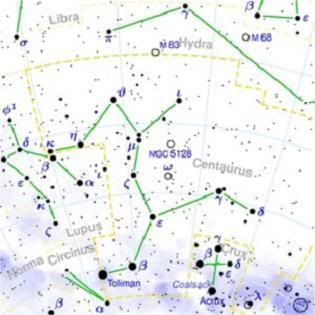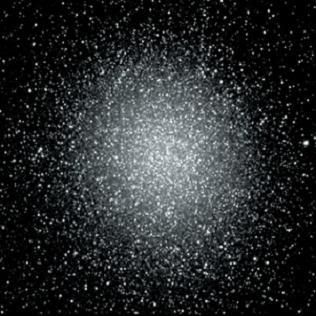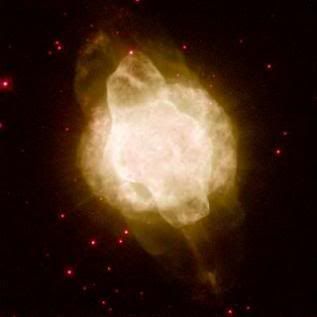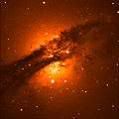Post by glactus on Feb 17, 2008 9:32:10 GMT

There is no question that Centaurus the Centaur is the most magnificent of the southern constellations. It's the ninth largest constellation and it contains two of the ten brightest stars. No other constellation can make this claim. Centaurus also contains the closest star to the sun, the best globular cluster, and has its own meteor shower. It does not contain any Messier objects because the constellation is too far south for Messier to have seen it.
Notable stars:
Rigel Kentaurus:
Named Alpha Centauri, this star is the 3rd brightest star in the sky because it is the closest star to the sun at 4.3 light years away. Magnitude is - 0.01
Hadar:
Named Beta Centauri, Hadar is a blue-white super giant, and in about 4,000 years, the proper motion of Alpha Centauri will carry it close enough to Beta Centauri that they will appear to be a magnificent optical double star. Hadar is 300 light years away and its magnitude is 1.33
Menkent:
Named Theta Centaurus It is an orange K-type giant with an apparent magnitude of +2.06 and is approximately 60.94 light years from Earth.
Notable attractions are:

NGC 5128
Centaurus A (NGC 5128) a lenticular galaxy is about 10 million light-years away and one of the closest radio galaxies to Earth. Its active galactic nucleus has been extensively studied by professional astronomers in Black Hole research The galaxy is also the fifth brightest in the sky, making it an ideal amateur astronomy target although the galaxy is only visible from low northern latitudes and the southern hemisphere. Magnitude is 7.8

NGC 5139 Omega centauri
This is the biggest of all globular clusters in our Milky Way galaxy. With its about 5 million solar masses, it is about 10 times as massive as other big globulars, and has about the same mass as the smallest whole galaxies. It is also the most luminous Milky Way globular, and the brightest globular cluster in the sky. NGC 5139 is 20,000 light years away and has a magnitude os 3.86

NGC 3918
NGC 3918 is about 3,000 light-years from us. Its diameter is about 0.3 light-year. It shows a roughly spherical outer envelope but an elongated inner balloon inflated by a fast wind from the hot central star, which is starting to break out of the spherical envelope at the top and bottom of the image. Magnitude is 8.4

Centaurus A
credits:
map: wikipedia
en.wikipedia.org/wiki/Centaurus
image: centaurus A
www.astronomy.com/asy/objects/images/wp_NGC_5128_eso_1024.jpg
image: NGC 5319
www.meade.com/dsi/jplongchamp/images/omega_centauri_th.jpg
image: NGC 3918 - hubble
imgsrc.hubblesite.org/hu/db/1997/38/images/e/formats/web.jpg


